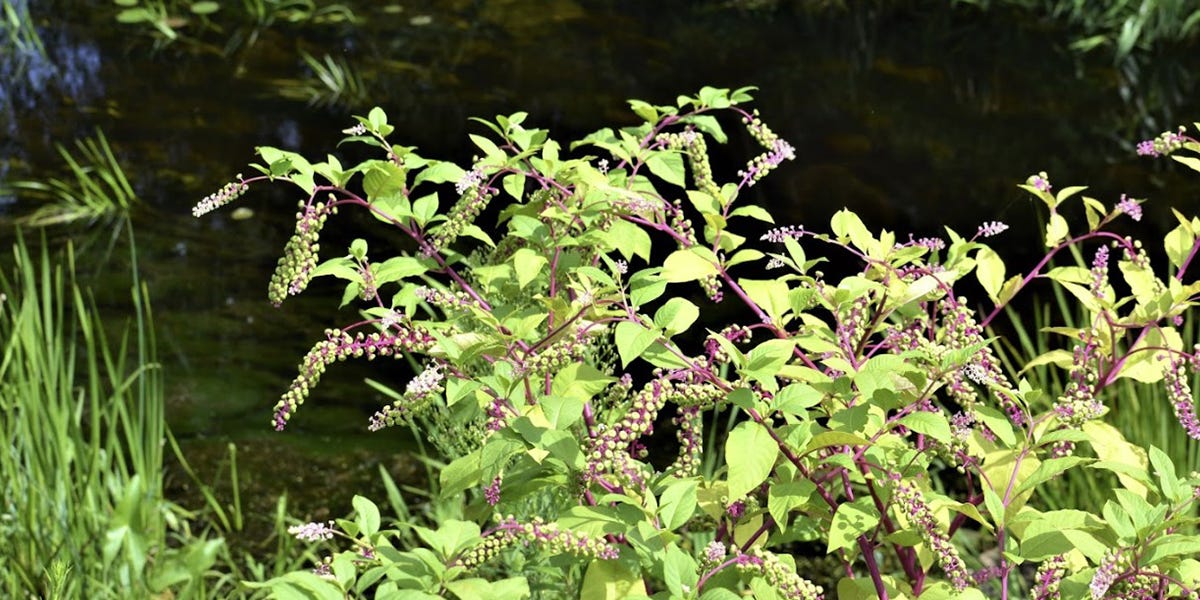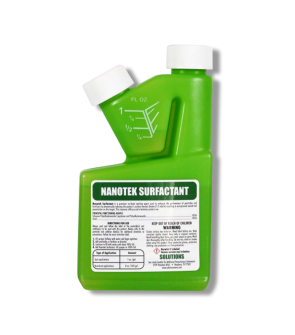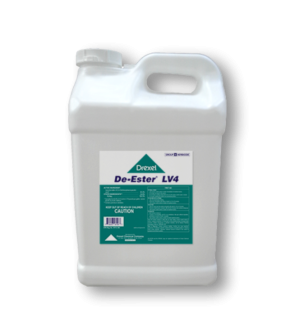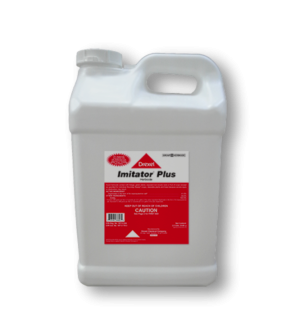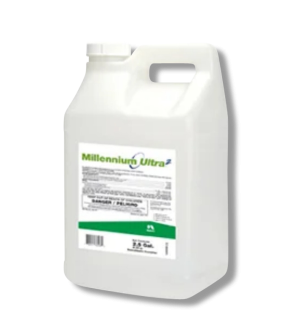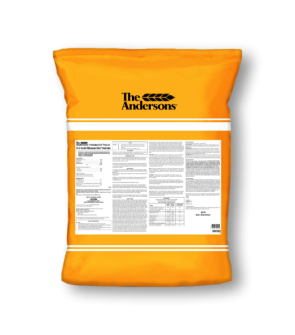Gain access to personalized product screening, the best pricing, rewards, and more!
Most Effective Products
Pokeweed Control: How To Get Rid of Pokeweed
This page is an expert guide on getting rid of pokeweed grass from your yard using the products and methods suggested by our experienced lawn care specialists. Follow this guide and use the recommended products, and we guarantee you will have a lawn free of pokeweed.
Pokeweed is a tough weed that can appear in nurseries, home gardens, fields, and pastures. A shrub known to bear clusters of berries that resemble grapes, pokeweed is a toxic plant that is a hazard to livestock and can be a concern if you have curious pets and children who may pick the plant's fruit.
Pokeweed spreads by seed, which either falls off the plant or is picked up and moved around by birds. One pokeweed plant can produce 50,000 seeds during its lifespan, and the seeds can remain viable for nearly 40 years. This means pokeweed can create quite an infestation if no intervention controls its presence.
If your property is experiencing an outbreak of problematic pokeweed, our step-by-step DIY treatment guide will show you exactly how to get rid of it quickly and save money using our professional-grade herbicides.
Identification

Before proceeding with a control program for pokeweed, you must be sure it is the weed you are dealing with. Careless identification can lead to using the wrong treatment methods, costing you time and money. Here are some defining characteristics of what Pokeweed looks like so you can correctly identify the weed:
- Pokeweed, also known as common pokeweed, is a large shrub growing between 2 and 9 feet tall. It has large leaves and produces dark-colored berries when ripe.
- When mature, pokeweed grows in a pattern where the stems come up and then lean or arch over in a droopy fashion.
- The most distinguishing feature of pokeweed is its berries. In its early stages, berries are green and inconspicuous, but as time passes, they ripen to a dark purple or nearly black. The berries contain a lot of red juice. Pokeweed also grows flowers in clusters that hang from white or magenta-colored branches.
- Pokeweed is also called pokeberry, pinkberry, or poke. It is an herb plant that contains purple berries and has a strong odor. The berry extract is used to color wine and other items. The roots, stalks, and leaves of the plants are poisonous. The color can be used to dye clothes and make candy purple.
- Pokeberry is usually found in North America, the Pacific Northwest, and the southeastern United States. It is used as a laxative and vomiting agent. It grows in wet, sandy areas with edible young shoots.
Use the image and description above to identify pokeweed on your landscape properly. If you are unsure, contact us, and we will do our best to help you identify the correct one.
Inspection

After properly identifying that you are dealing with pokeweed, proceed with an inspection. During this phase, you will locate where pokeweed is growing on your property and observe the conditions allowing pokeweed to thrive.
Where to Inspect
Inspect your landscape thoroughly to see where the pokeweed is growing. Pokeweed can grow in various environments but is most common in woodlands and disturbed areas such as roadsides, ornamental landscapes, agricultural fields, and urban areas.
What to Look For
It would be best to look for where pokeweed is established and growing. It will look like shrubs or small trees. Its leaves are large and green, with red or green stems that turn purple as they mature. The stems are also not woody but more herbaceous. Look also for its seed heads or berry clusters that droop forward.
Treatment
Please be sure to properly protect your skin and eyes with safety equipment when handling any herbicide. Goggles, gloves, and long-sleeved clothing are a must. Pokeweed grows rapidly in mid-to late summer, so spring is the best time to get control.
While several herbicides work well against pokeweed, our top recommendation for control is 2,4-D because of its selective and systemic means of control and ease of use.
Step 1: Measure and Mix 2,4-D Amine

Calculate the square footage of the treatment area to determine how much 2,4-D Amine you will need. Measure the treatment area's length and width in feet, then multiply them together (length X width = square footage).
For turf applications, 2,4-D Amine should be mixed at a rate of 2 to 3.16 pints per acre.
Small applications with a hand sprayer break down to 0.72 to 1.1 fl. oz. per 1,000 square feet. Mixing 2 4-D with a surfactant like Nanotek Surfactant will help the product stick better to the weed and make the herbicide work more effectively.
For example, if you have a 2,000 sq. ft. area to treat, you must mix 1.44 to 2.2 fl. oz. in at least 2 gallons of water. Once you have made your measurements and calculated how much 2,4-D you need, mix the product and surfactant with the appropriate amount of water in a handheld or backpack sprayer. Shake the sprayer to ensure the solution is well-mixed, and then you're ready to spray.
Step 2: Apply 2,4-D Amine To The Pokeweed
Use a sprayer with a fan nozzle setting to coat the pokeweed evenly with the herbicide. Spray the weeds until they are wet, but just before the point of runoff. The best time to apply the 2,4-D is on warmer days when the temperatures are between 65 and 85 degrees Fahrenheit.
Because pokeweed is so stubborn, you may need to make repeated applications until you no longer see any more pokeweed. Check back weekly and spot treat as necessary.
Prevention
You must be cautious and watch for pokeweed to ensure it does not grow back. Here are some preventative measures to ensure pokeweed doesn't return.
- As soon as the pokeweed reemerges or sprouts, pulling them out from its roots would be best. Use a shovel to loosen the soil and pull out more remains of the pokeweed. Rake the pokeweed's remains and let them dry out under the sun.
- Persistence is extremely important for getting rid of the pokeweed. Pull out every flesh or ball of root from the soil. Dig up a circle around the plant that has been pulled out and then shuffle the soil to rake all the remains of the pokeweed. Lastly, dispose of them properly after it has been sundried.
Key Takeaways
What is Pokeweed?
- Pokeweed is an herbaceous plant that invades landscapes and pastures. It is known for its toxicity and dark purple berries.
How to Get Rid of Pokeweed
- If pokeweed has appeared on your landscape, we recommend a post-emergent spot treatment with 2,4-D Amine Herbicide.
Preventing Pokeweed Reinfestation
- We recommend regularly monitoring your land and hand-pulling pokeweed early to prevent a reinvasion of the plant.






